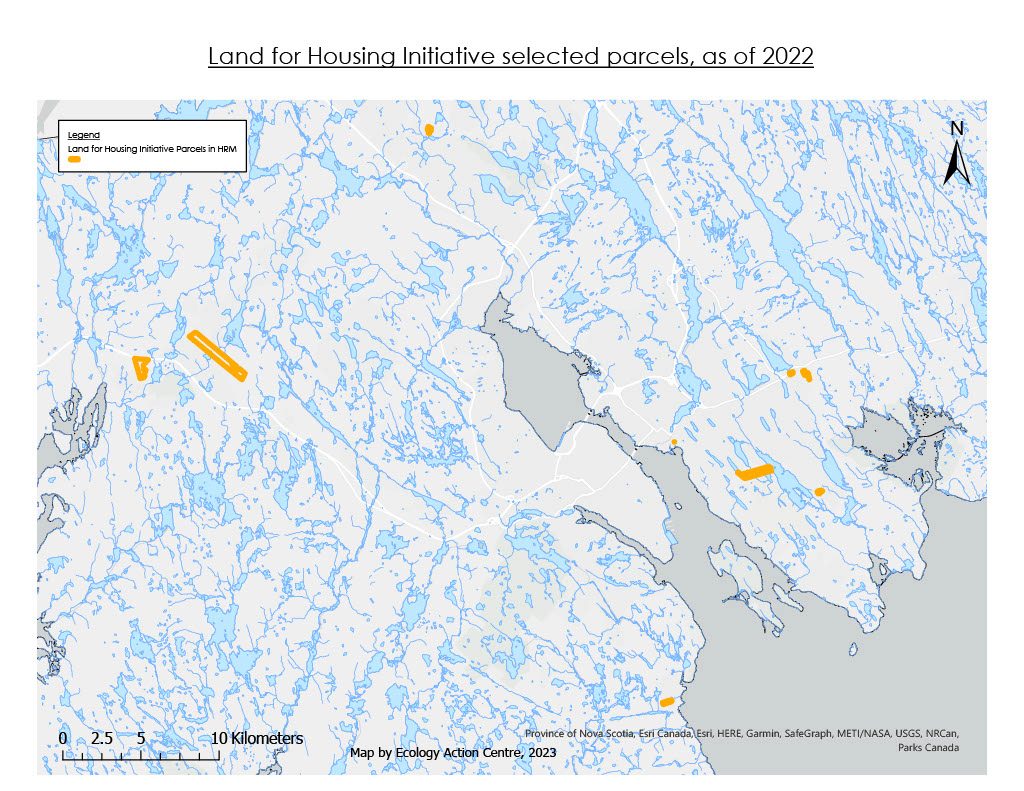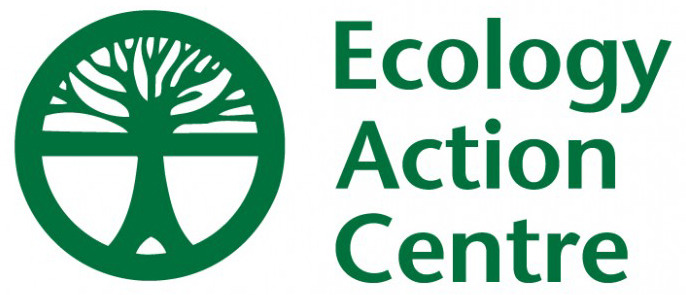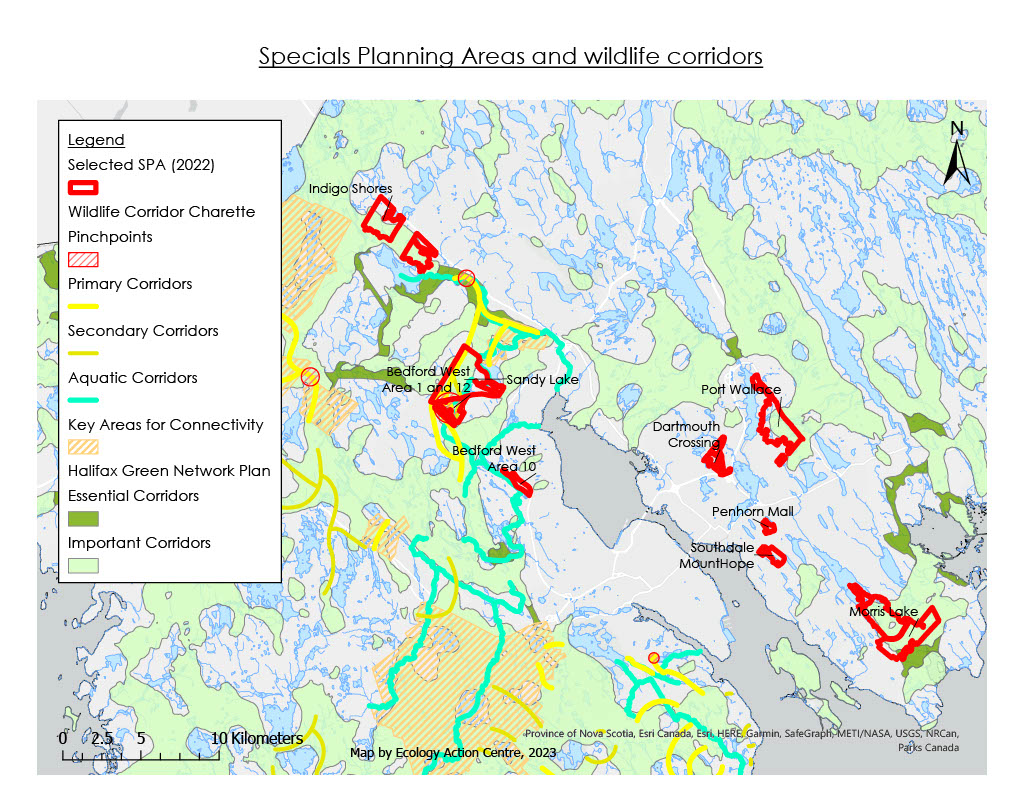The Ecology Action Centre is committed to the creation of a more liveable and resilient Halifax Regional Municipality (HRM). That’s why we advocate for integrating the principles of an approach known as “complete communities” into all plans for development and growth. The term “complete communities” refers to a more sustainable and affordable pattern of development. This type of development offers a range of accessible housing options, infrastructure for safe walking and cycling, access to reliable transit, and proximity to commercial centres and recreational opportunities.
For more information, check out this resource, published April 2024: The Case for Building Complete Communities in Halifax Regional Municipality.
Regional Plan
Regional Plan
Ever wondered what determines the development you see popping up around the city, which pieces of wilderness are protected, and which are turned into subdivisions, or even the modes of transit to which you have access?
The Halifax Regional Municipal Strategy (known as the Regional Plan) is HRM’s highest level planning document that sets the vision and strategy for future growth. It considers the entire region, from Hubbards to Ecum Secum and everything in between. The Regional Plan was first created in 2006, and is now undergoing review to improve alignment with the city's priorities to allow for more housing, to improve mobility and to respond to climate change. Read EAC's analysis and comments on the draft Regional Plan during the most recent public engagement period.
The EAC has been active in the public consultations and is asking for three primary changes:
-
Allow existing green network, wetlands, and watercourses to guide growth and development – HRM has rich green and blue networks surrounding its communities. These must be preserved. Unfortunately, the benefits of natural ecosystems are not currently prioritized when reviewing growth and development decisions.
-
Use new growth to build complete communities – HRM does not follow an approach guided by the complete communities' concept before approving new developments. It is essential that firm standards and criteria are developed and that only developments that will build complete communities are approved.
-
Make our growth make sense – Urban sprawl is costly. Residents subsidize these costs, including those used to develop over valuable greenspace. The infilling of wetlands and building too close to the coast leave residents susceptible to the effects of climate change. We are asking HRM to prioritize development of brownfield sites (previously developed land that isn’t currently in use) over greenfield sites (wilderness).
Centre Plan
Centre Plan
HRM’s urban core is home to over 25 per cent of the region’s population. The Regional Centre Secondary Municipal Planning Strategy and Land Use By-law (or the Centre Plan, for short) is the guiding document for planning and development in Halifax’s Regional Centre, including Peninsula Halifax and Dartmouth inside the Circumferential Highway.
The Centre Plan was approved by Regional Council in 2021 with significant EAC involvement. Although you can find EAC's full comments on the Centre Plan report, here is a short list of our key priorities:
-
A reliable, low-impact transportation system which prioritizes people, not cars
-
Energy-efficient buildings that withstand the test of time and give more than they take
-
The retention and expansion of natural assets that aid in ecosystem and watershed protection
-
Protection of heritage and cultural assets that make HRM attractive to residents and tourists
-
Assurance that all citizens have equitable access to amenities and safe, affordable housing
Affordable Housing
Affordable Housing
Healthy, sustainable urban communities are rooted in the principles of building compact accessible living options that are close to amenities, linked to public transportation networks, and mindful of natural ecosystems.
In HRM, sprawling development has become more affordable than life in the denser downtown core. Corresponding problems now exist for renters and home buyers as well as wildlife habitats and watersheds due to the development impact on open spaces.
During the creation of the Centre Plan, EAC advocated for acceptance of secondary and backyard suites. Secondary suites are small, additions to a home within regulated size and design guidelines. Backyard suites are small stand-alone units in a home’s backyard. Read EAC’s Submission to the Nova Scotia Affordable Housing Commission for more information.
Development Pressures
Development Pressures
HRM’s population is growing rapidly and there is a legitimate need for more housing. Both municipal and provincial governments are making changes to planning and development processes to meet the increased housing demand. EAC is supportive of some of these changes, and critical of others. We are committed to the ongoing advocacy of strategic and sustainable growth in the right places.
In 2022, the Minister of Municipal Affairs and Housing, and the appointed Executive Panel on Housing in Halifax Regional Municipality (also known as the Housing Task Force) selected nine areas in HRM to be studied and fast-tracked for housing development. These areas will have background studies about land suitability, infrastructure and traffic completed for them, and will go to the Minister of Municipal Affairs and Housing for approval, instead of HRM Regional Council.
Around the same time, 30 parcels of provincial land were selected across Nova Scotia for the Land for Housing Initiative, of which nine properties were in HRM. Through this program, applicants compete to build their housing projects on the selected parcels.
Several of the sites selected for housing development are areas important for wildlife habitat connectivity, vital for keeping an intact network of greenspace in HRM. The maps below show the areas selected, the areas that were not selected for these initiatives, and the ways in which they interact with two wildlife habitat modeling reports, the Halifax Green Network Plan and the Wildlife Corridor Landscape Design Charette. Click on each map below to view a larger version.
So far, it does not seem like the need for wildlife habitat connectivity has been factored into the selection of sites for housing, or the design of the developments.
Map 1 – Special Planning Areas of the Housing Task Force in HRM as of 2022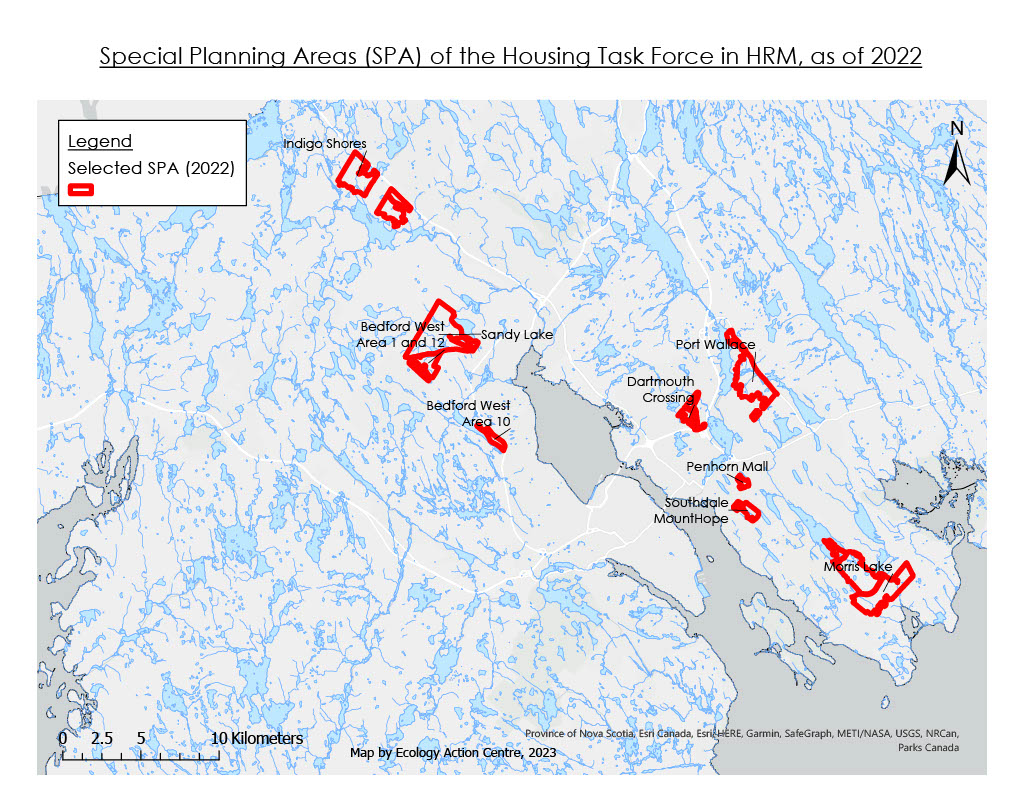
Map 2 – All potential and selected SPA as of 2022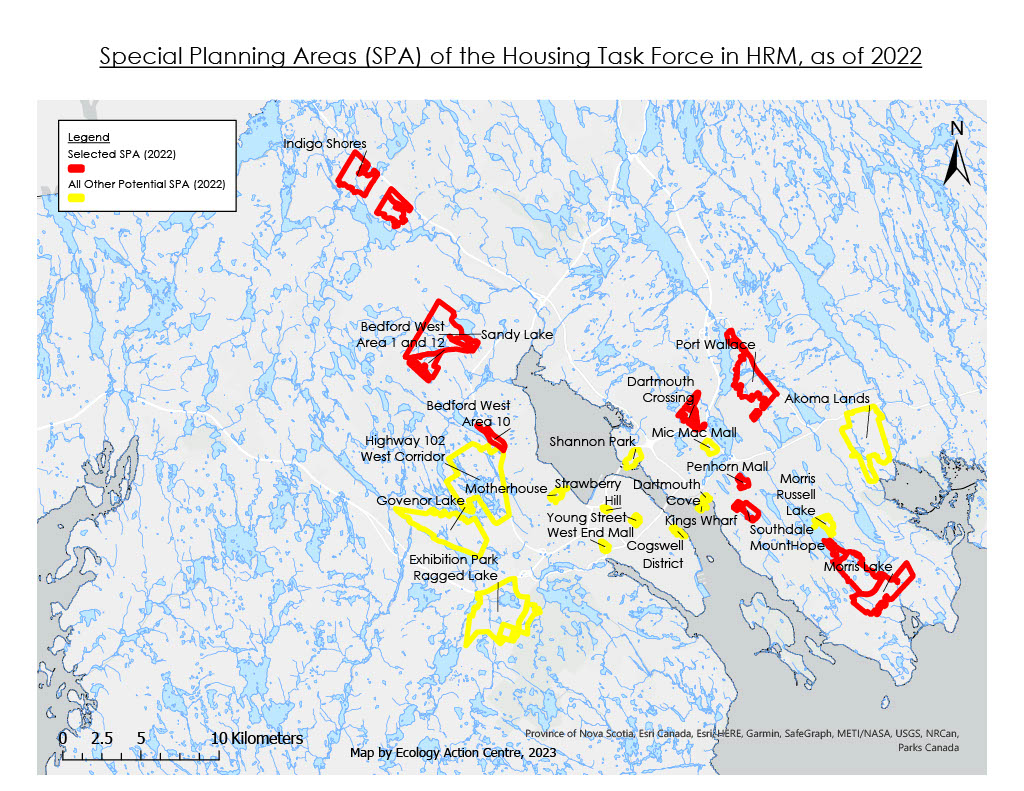
Map 3 – Lands for Housing Initiative parcels in HRM as of 2022